Affiliate links on Android Authority may earn us a commission. Learn more.
The Google Pixel 4 XL seems to have large bezels, and it could be a wise move
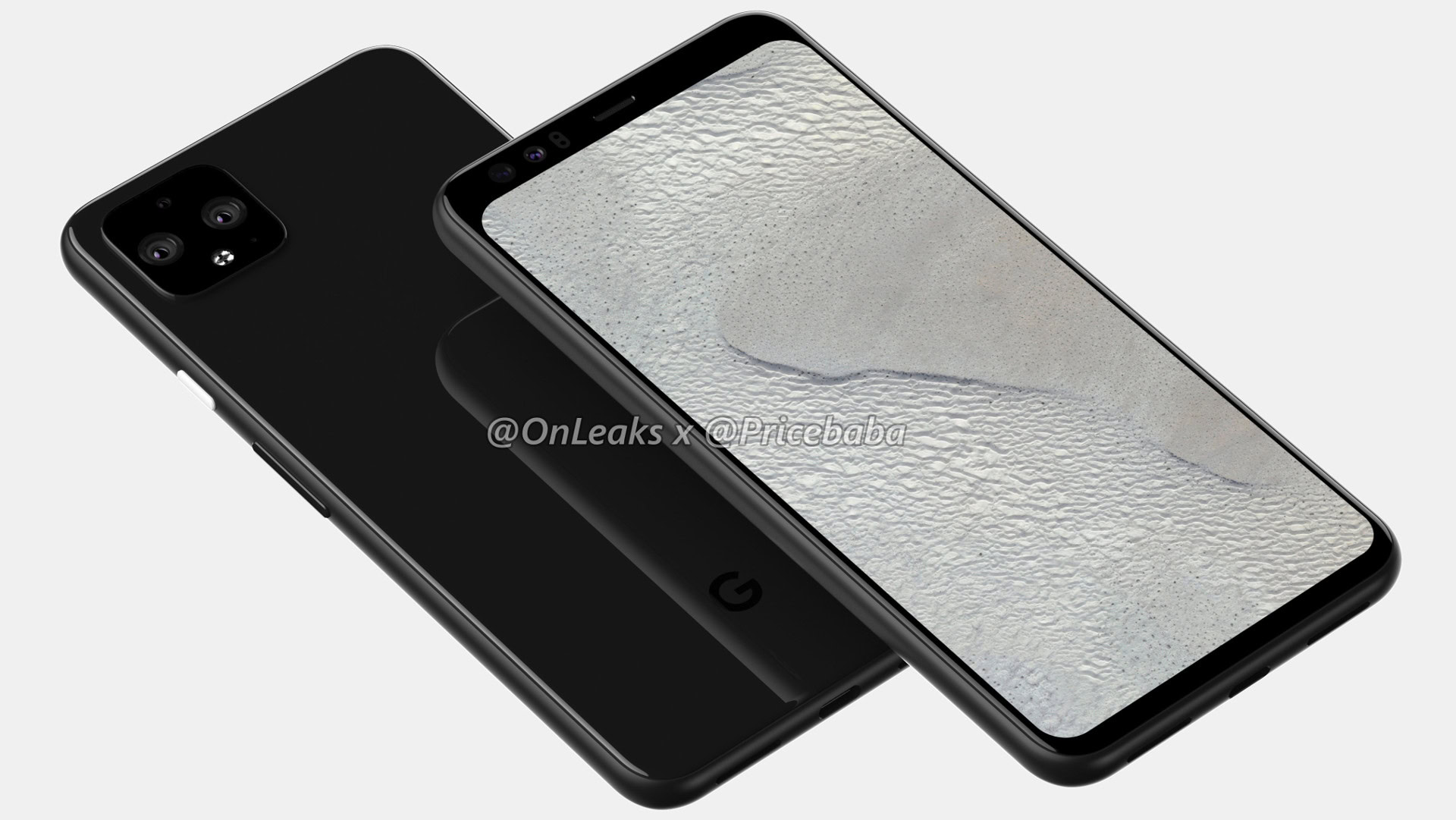
The latest Google Pixel 4 leak has given us a comprehensive look at the bigger Pixel 4 XL, showing off everything from the dual selfie cameras to what looks like a triple rear-camera setup.
It seems like many people and a few websites are focusing on just how big the bezels are though, even though the top bezel seems in line with or slightly smaller than the standard Pixel 3. But you know what? I’m totally fine with Google’s approach.
For starters, a traditional top bezel would already be an improvement compared to the Pixel 3 XL, which offered a gigantic cutout of a notch. The advantages of a standard border over cutouts don’t stop here.
More space for interesting features
Google is rumored to be working on advanced face unlock technology for the Pixel 4 series, and a traditional bezel is one of the easiest ways to implement the tech.
We’ve previously seen the likes of HUAWEI use a wide notch on the Mate 20 Pro to host its 3D face unlock sensors. But Google’s job could be much tougher due to the sheer number of other sensors said to be on the front. In addition to the facial sensors, the company is tipped to offer a gesture sensor, and it’s also said to be retaining its dual selfie cameras.
All these additions mean you’re either looking at a traditional bezel, a comically wide notch that makes the Pixel 3 XL cutout look svelte, or a slider design.
A Pixel 4 XL with a traditional bezel also ensures a proper, uninterrupted viewing experience compared to notches, cutouts, and punch holes. Even the tiniest punch hole still interrupts your experience when watching a video clip.
What about sliders and pop-up cameras?
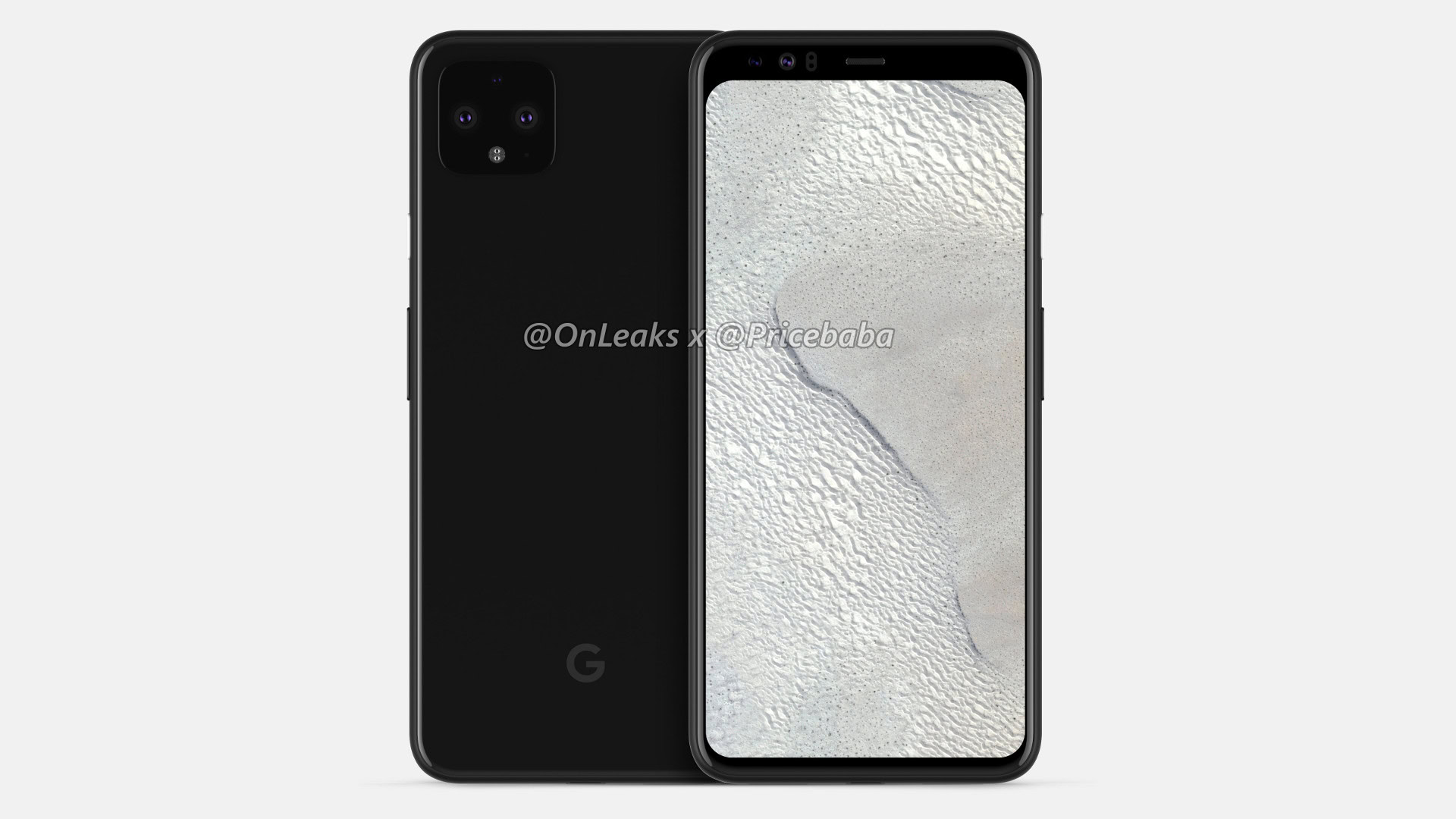
The purported Pixel 4 XL design also seems like a safer choice than pop-up selfie cameras and slider designs. We’ve seen numerous manufacturers tout the durability of their pop-ups, while slider designs certainly look slick. But they aren’t without their own challenges to overcome compared to a traditional design.
For one, a pop-up camera generally doesn’t have enough space for the sensors Google apparently has in mind for the Pixel 4 XL. The alternative approach is to make a wider pop-up housing then or adopt an OPPO Reno-style shark-fin system.
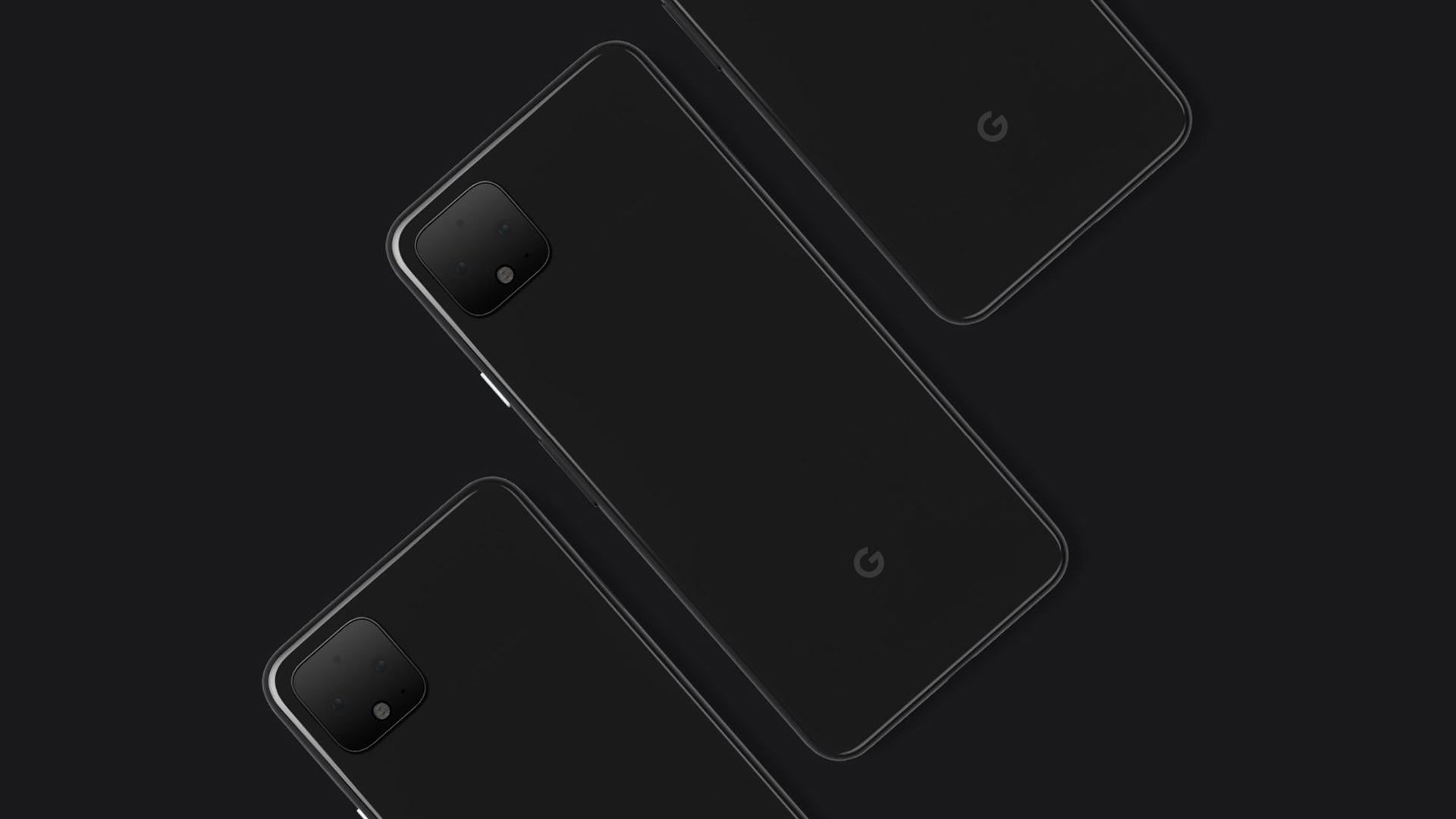
But the other worry is water resistance, as pop-up cameras are tougher to seal against water and dust than a traditional design. In fact, many Android Authority readers pointed to this as a reason for not wanting to buy the OPPO Reno series in our poll earlier this year. Ditching an IP rating doesn’t seem like a smart idea for Google when it’s been a fixture on its phones since the Pixel 2.
Concerns over the durability of pop-up cameras are also a factor, as these are mechanical parts that stick out from the device. Meanwhile, a selfie camera embedded in the bezel is less likely to break as it can’t be snapped off and doesn’t have as many moving parts.
Slider designs are probably one of the best ways to implement multiple cameras and sensors without a traditional bezel or ultra-wide notch. But again, there’s the challenge of water resistance.
Another hurdle for slider designs is that battery capacity tends to suffer, ostensibly due to the constraints within a slider design. Between the HONOR Magic 2, Xiaomi Mi Mix 3, and OPPO Find X, none of these phones have a 4,000mAh battery (although the Mi Mix 3 5G tops out at 3,800mAh). They’re all generally thicker than your traditional smartphone designs.
Google waiting for the real design innovation?
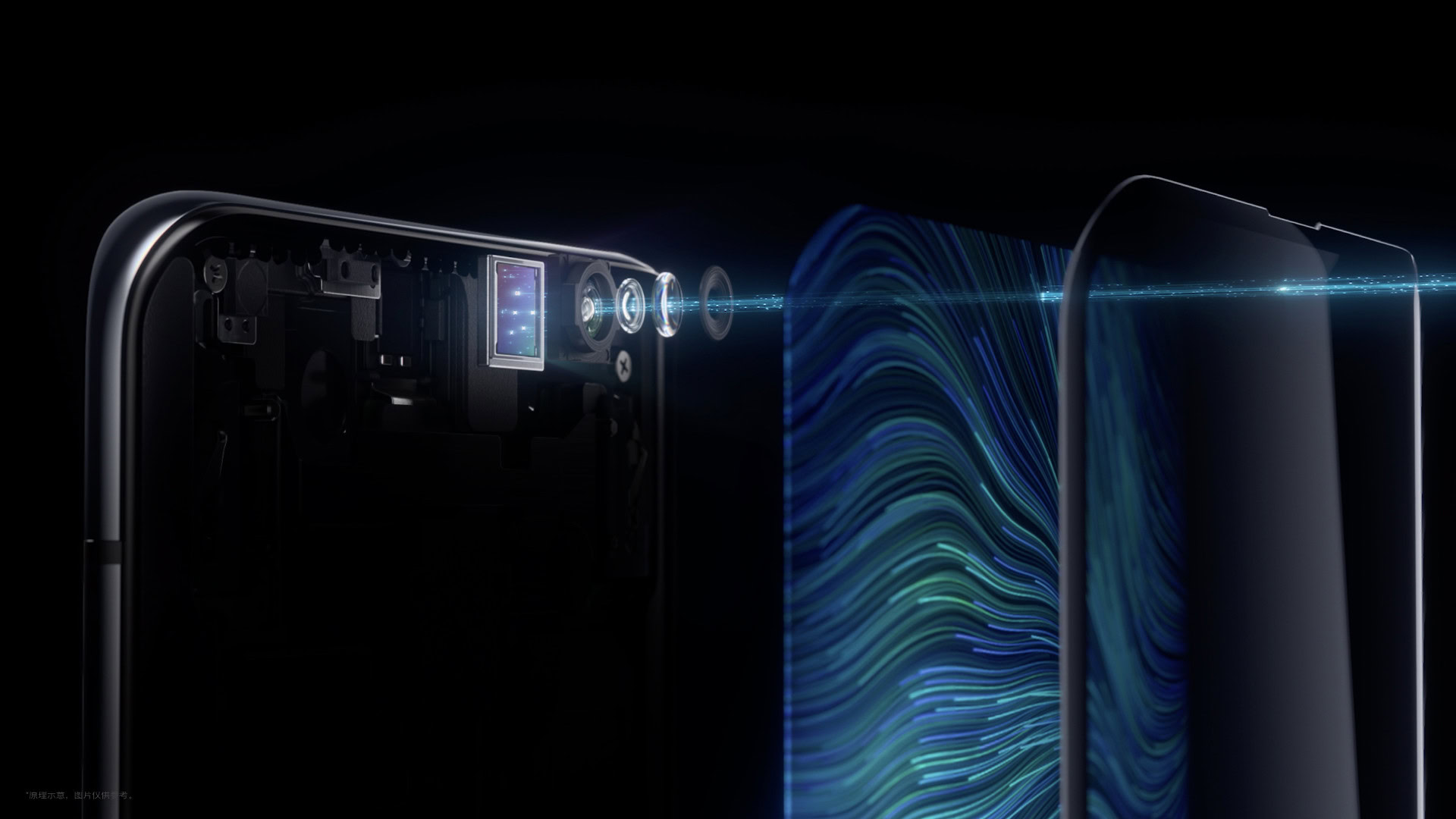
It’s also debatable whether pop-up cameras and sliders are here to stay, as under-screen camera technology continues to make strides. Xiaomi and Oppo have both teased or demonstrated under-screen camera tech, and it looks like 2020 might be the year when this feature becomes a commercial reality.
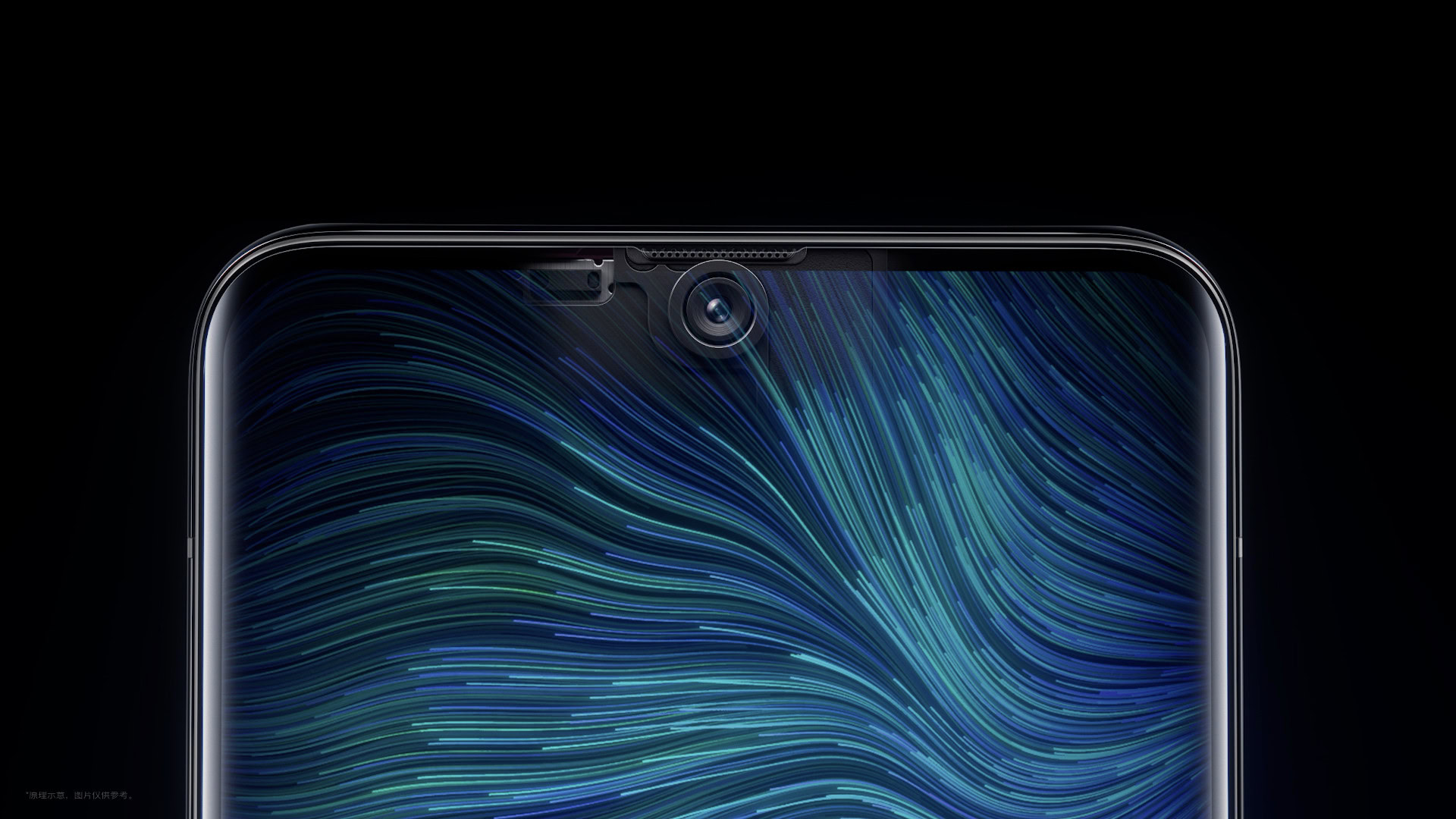
Google has generally been behind the curve and played it ultra-safe when it comes to design but it seems like a sensible move in this case. Why go through all the effort of designing a phone with a slider or pop-up housing when you can just hold out for the end-game? Or in Google’s case, you can just hold out for others to do it first, then adopt the feature in a year or two.
OPPO has also previously suggested under-screen 3D cameras will be easier to implement than traditional selfie cameras. This means Google might not have to ditch its apparent face unlock tech if it wants to adopt this approach.
Either way, the negative reaction to bezels is rather unjustified if most of the Pixel 4 XL’s rumored front-facing features turn out to be true. After all, does the average consumer really care about the difference between an 85 percent and 90 percent screen/body ratio when they’ve got fast and secure face unlock and dual selfie cameras?